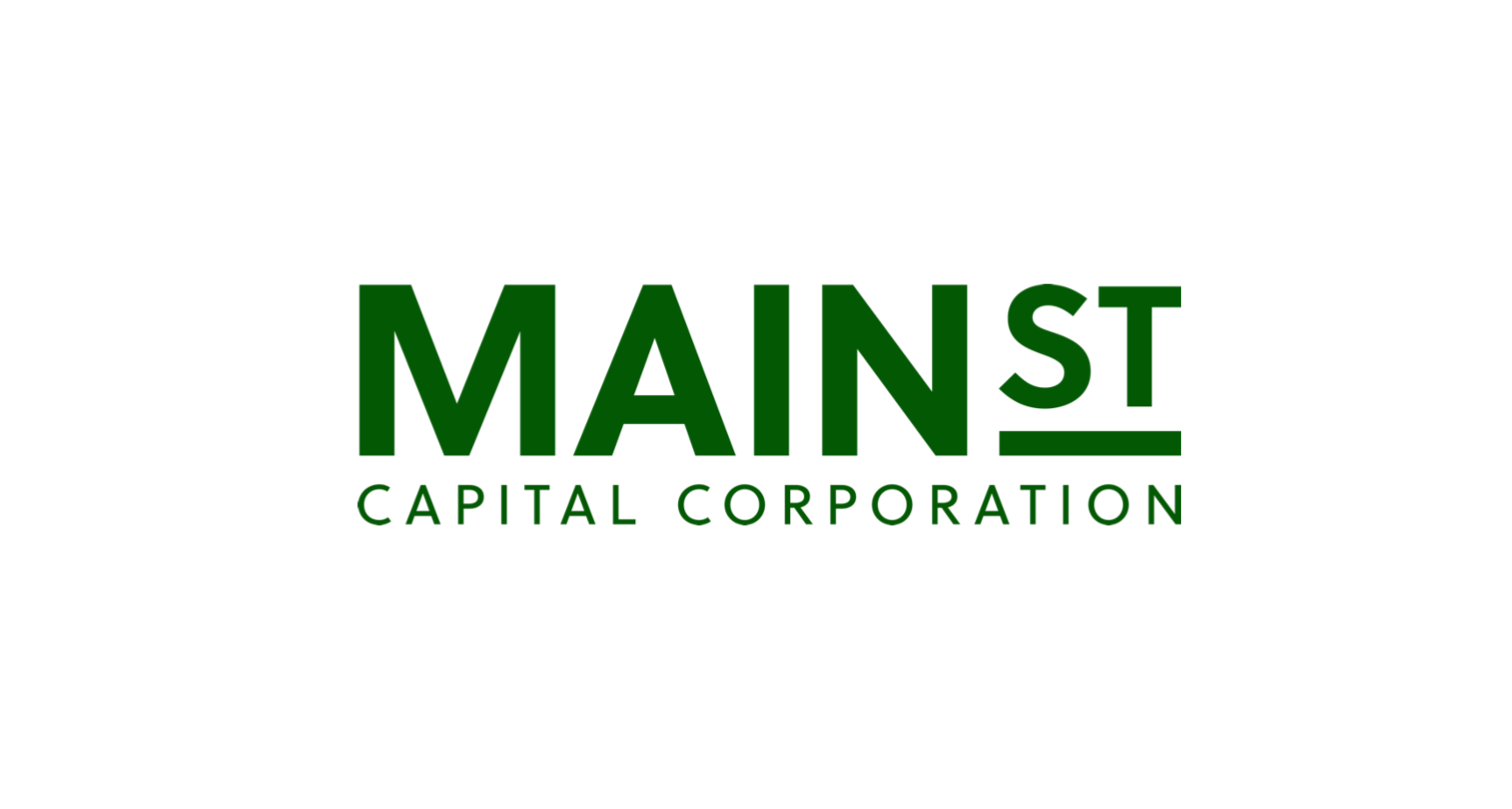
Main Street Expects to Maintain Regular Monthly Dividend
On March 20, we published a note on Main Street (MAIN) explaining why we believed its regular monthly dividend still appeared safe despite the stock's 14% dividend yield at the time and the looming challenges expected from the coronavirus pandemic.
This morning Main Street (MAIN) provided a business update and confirmed that its regular dividend is expected to remain safe for now.
The firm had already declared its regular monthly cash dividends through June 2020. Based upon management's current projections, Main Street said it expects the board to approve unchanged regular monthly dividends for the third quarter of 2020 (July, August, September) as well.
In addition to its regular dividend, in 2013 Main Street began paying semi-annual special dividends. Given their discretionary and variable nature, special dividends are excluded from our dividend safety analysis and the income projections shown for portfolios on our website in order to remain conservative.
Not surprisingly, Main Street said it doesn't expect to pay special dividends for the time being. This will help the firm preserve capital and maintain greater flexibility in this period of unprecedented uncertainty.
This morning Main Street (MAIN) provided a business update and confirmed that its regular dividend is expected to remain safe for now.
The firm had already declared its regular monthly cash dividends through June 2020. Based upon management's current projections, Main Street said it expects the board to approve unchanged regular monthly dividends for the third quarter of 2020 (July, August, September) as well.
In addition to its regular dividend, in 2013 Main Street began paying semi-annual special dividends. Given their discretionary and variable nature, special dividends are excluded from our dividend safety analysis and the income projections shown for portfolios on our website in order to remain conservative.
Not surprisingly, Main Street said it doesn't expect to pay special dividends for the time being. This will help the firm preserve capital and maintain greater flexibility in this period of unprecedented uncertainty.
Main Street believes that it is in the best long-term interests of its shareholders to not only maintain a conservative approach to its dividend policy during this volatile economic environment, but to also ensure it has the ability to be opportunistic in funding attractive investments that have the potential to provide long-term value to Main Street's shareholders.
Looking ahead, Main Street expects distributable net investment income (DNII) to be $0.59 to $0.61 per share in the first quarter of 2020, about in line with its $0.615 per share of regular dividends paid each quarter.
However, as we anticipated in our March 20 note, management does not expect DNII to cover the regular dividend for the second or third quarters of 2020.
To help cover the gap, Main Street will utilize the undistributed taxable income, or spillover, it has accumulated over the years. Spillover represents gains Main Street has periodically realized upon the exit of successful investments.
This undistributed income can be used to provide an offset against the inevitable credit losses that will be experienced when making investments in non investment-grade debt securities.
For example, in 2008, Main Street generated spillover income of $0.44 per share which plugged nearly all of the shortfall between its 2009 dividend of $1.50 per share and the distributable net investment income of $1.02 per share it earned that year.
As of the end of March 2020, Main Street said its spillover totaled $0.75 per share, which represents about 30% of the firm's annual regular dividend commitment of $2.46 per share.
Main Street has some cushion to absorb losses in the quarters ahead, but it's too soon to speculate about how substantial the DNII shortfall will be compared to the dividend. However, it's encouraging to see management feel confident enough today to suggest the regular dividend should be safe through at least September.
Besides spillover flexibility, Main Street's relatively conservative capital structure provides some support as well. On a regulatory basis, Main Street's total debt-to-equity ratio ended 2019 just over 0.5:1, well below the legal limit of 2:1.
Management said the firm has available borrowing capacity of about $500 million that it can use to support its existing portfolio companies and make selective new investments. For context, Main Street's regular dividend costs about $165 million annually.
Finally, it's worth noting that Main Street estimated its net asset value (assets minus liabilities) had fallen to around $20.60 per share as of March 31, 2020, down from $23.91 per share at the end of 2019.
This estimate includes unrealized depreciation on investments resulting from the immediate adverse economic effects of Covid-19 on market conditions and the overall economy and related uncertainty regarding its future impact.
Investors will likely remain anxious until net asset value has found a floor and Main Street's DNII stabilizes. It could take several quarters until we have a clearer picture of how Main Street's investments are performing, and the firm will provide more details when it reports earnings in May.
We will continue monitoring Main Street's financial health (including how quickly its spillover is depleted) and report updates as new information arrives.

